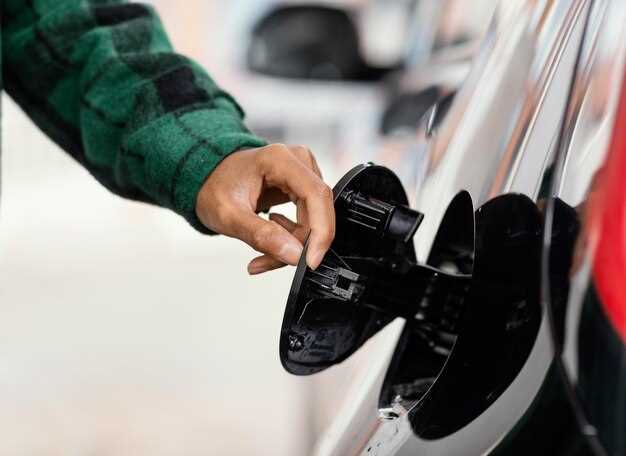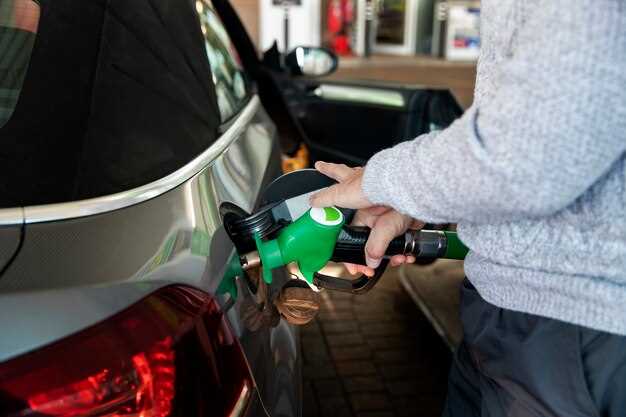

Replacing a fuel pump is a crucial task for maintaining your car’s performance and ensuring its longevity. The fuel pump is responsible for delivering gasoline from the tank to the engine, providing the necessary pressure for optimal combustion. A malfunctioning pump can lead to poor fuel efficiency, engine stalling, or even complete failure to start. Understanding how to safely replace this component is essential for any car owner who wishes to tackle DIY repairs.
In this guide, we will walk you through the process of replacing your car’s fuel pump step-by-step. We will cover essential safety precautions to take before beginning the replacement, the tools needed for the job, and a detailed procedure to follow. Whether you are a seasoned mechanic or a novice enthusiast, this article aims to equip you with the knowledge and confidence to complete the job efficiently and safely.
By adhering to the instructions in this guide, you can avoid common pitfalls and ensure that your vehicle is back on the road in no time. Let’s delve into the critical steps necessary for replacing your car’s fuel pump and ensure that your engine runs smoothly once again.
Identifying the Signs of a Failing Fuel Pump
A fuel pump is a critical component of your vehicle’s fuel system, responsible for delivering gasoline or diesel from the tank to the engine. Recognizing the signs of a failing fuel pump is essential to avoid sudden breakdowns and expensive repairs. Here are some key indicators to look out for:
One of the most common symptoms of a failing fuel pump is difficulty starting the engine. If you experience prolonged cranking times before your car starts, it may indicate that the fuel pump is struggling to deliver the necessary fuel pressure. This issue may progressively worsen, requiring even more cranking time or possibly leading to complete engine failure.
Another sign is a decrease in engine performance, characterized by sputtering or hesitation, especially during acceleration. If your vehicle feels sluggish or has trouble maintaining speed, it may be due to inconsistent fuel delivery linked to a malfunctioning pump.
Additionally, if you notice a drop in fuel efficiency, this could point to a failing fuel pump. An inefficient pump may operate at suboptimal levels, resulting in your engine consuming more fuel than necessary. Paying attention to changes in mileage can be an early warning sign.
Unusual engine noises, such as whining or grinding sounds, can also signal a problem with the fuel pump. These noises, often attributed to worn-out components, are indicative of mechanical issues that may require immediate attention.
Finally, a check engine light on your dashboard is a crucial alert. While this warning could indicate various issues, a failing fuel pump or related components can trigger this light. Using an OBD-II scanner to diagnose stored error codes can help pinpoint the problem.
In summary, being aware of these signs–difficulty starting, decreased performance, reduced fuel efficiency, unusual noises, and the check engine light–can assist you in identifying potential fuel pump failures early. Prompt installation of a new fuel pump can save you time, money, and stress in the long run.
Step-by-Step Process for Fuel Pump Installation

Replacing a fuel pump can seem daunting, but following a systematic approach helps ensure a safe and effective installation. Begin by gathering necessary tools and equipment, including wrenches, screwdrivers, and safety goggles.
First, ensure that the vehicle is parked on a flat surface and activate the parking brake for safety. Disconnect the battery to prevent any electrical issues during the installation process.
Next, release the fuel pressure from the system. This can usually be done by removing the fuel pump relay or fuse and starting the engine until it stalls. This step is crucial to avoid fuel spills.
Once pressure is relieved, locate the fuel pump access panel, if available, in the trunk or under the rear seat. If there is none, you may need to access the pump by removing the fuel tank, which requires draining the tank completely.
When the pump is accessible, disconnect the fuel lines carefully, using a wrench to loosen any fittings. Always have a container ready to catch any residual fuel. Disconnect the electrical connector from the pump, ensuring no wires are damaged in the process.
Now, remove the old fuel pump from its housing. This typically involves unscrewing brackets or screws that hold the pump in place. Inspect the old pump’s sealing rings and replace them with new ones to ensure a proper fit for the new installation.
Install the new fuel pump into the housing, securing it with the appropriate brackets or screws. Reconnect the electrical connector and reattach the fuel lines, ensuring all connections are tight and free of leaks.
Before reassembling the access panel or tank, turn the ignition to the “on” position without starting the engine. This action allows the fuel pump to prime the system and build pressure. Check for any leaks at all connection points.
Once you confirm there are no leaks, reconnect the fuel pump relay or fuse and the battery. Reassemble any panels or parts that were removed during the process. Finally, start the engine and allow it to run for a few minutes to ensure the new fuel pump is functioning properly.
Safety Precautions During Fuel Pump Replacement

Replacing a fuel pump requires careful attention to safety to prevent accidents and injuries. First and foremost, work in a well-ventilated area to avoid the buildup of fuel vapors that can lead to explosive situations. Ensure that you have a fire extinguisher nearby, suitable for flammable liquids, in case of emergencies.
Before starting the installation, disconnect the battery to eliminate the risk of electrical sparks. This step is crucial, as fuel systems operate under high pressure. Always relieve this pressure by locating the fuel pump relay or fuse and removing it, followed by starting the engine until it stalls. This action depressurizes the fuel lines.
Wear appropriate personal protective equipment such as safety goggles and gloves to protect against fuel exposure and harmful chemicals. Avoid wearing loose clothing or jewelry that could get caught in moving parts during the replacement process.
When handling fuel, be cautious about any spills. Use absorbent materials to clean up any accidental leaks immediately. Have a container ready for collecting any fuel that may spill during the installation. Never dispose of fuel in regular trash; always follow local regulations for proper disposal.
Lastly, consider using tools specifically designed for automotive repair. Using the correct tools minimizes the risk of injury and damage to your vehicle. By adhering to these precautions, you can ensure a safe and efficient fuel pump replacement.






